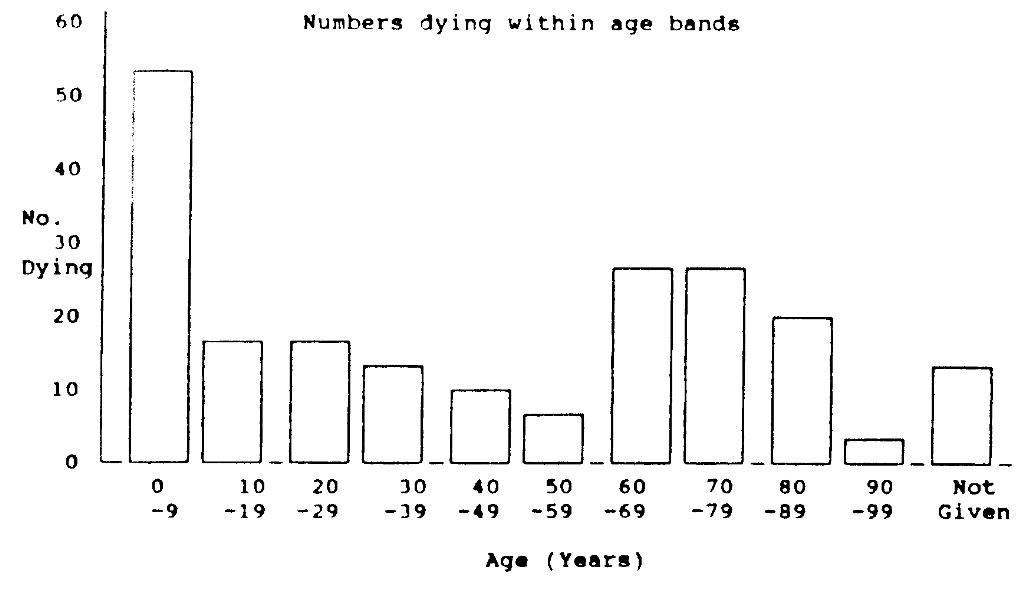| "1787. April 7th. Mr Brooksbank and Mr Shann went round the village to prepare for inoculation. The children took physick and my beloved children were inoculated on April 14th. and we went with them to sleep at Robert Archbell's farm house; that was my son Stamp and Philippa. Little James was not strong enough to take the disorder. My darling little boy was very feverish and ill all night and both were very poorly until the pox came out upon them very full. It was a very anxious time for me and my dear husband. Happily all worked well. 14 children were inoculated from our children. One child died, not from small pox but from scarlet fever. It was a very great alarm in the village. We sent for Dr. Hunter to satisfy the people. Another child died that would not be inoculated and had it very badly, I mean its parents objected to it and in general it was objected to in the village." |

